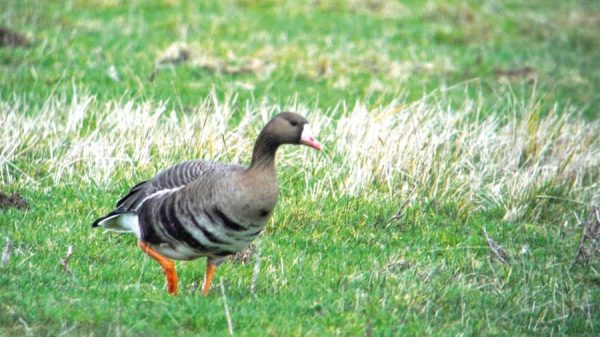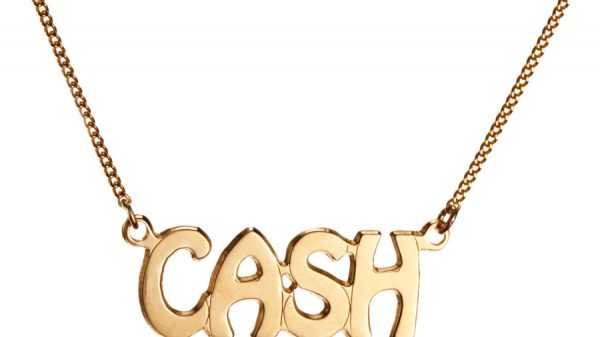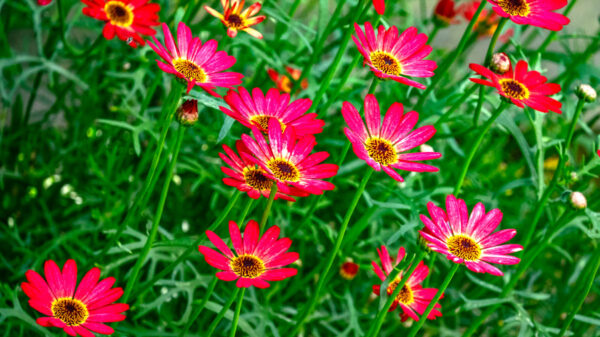Here we are at the start of a new gardening year, although in reality gardening is a constant task, rather like cooking. Both cooking and gardening go hand in hand, much richer and more exciting when they come together.
Every year I choose something new to grow in the vegetable garden, a new cultivar or type of vegetable. Last year we grew spaghetti squash, a relatively easy vegetable to grow requiring much the same conditions as butternut or courgettes, and produces fruit of a similar size to butternut but more rounded. Cut in half and bake in the oven, once cooked scrape the centre flesh out with a fork and it comes away like spiralled vegetables, and tastes, you’ve guessed it, like squash. This year I am thinking of trying ‘Yakon’ (Peruvian Ground Apple) a root vegetable who’s origins are around the Andes (South America), bought as plug plants rather than seed, it might be a bit of a challenge in Yorkshire but I’ll give it a go. It’s supposed to taste mildly of pear, although my advice is if you want the taste of pear then buy a pear.
At this time of year the weather is so unpredictable that you have to choose your days to garden carefully, if you can get out in the garden the fresh air will do you good and on a mild day a bit of tidying up or planting trees and shrubs can be very satisfying. Between November and March, nurseries sell what is known a ‘Bare Root’ plants, these have been grown in cultivated fields, lifted with little soil and sold as open ground plants, not in a pot. This makes them much cheaper and planting at this time of year when they are dormant gives them a better chance of establishing before spring growth starts. You can plant container grown plants any time of the year but they need a little more care if planted between May and September as they are actively growing.
If you order bare root plants and the soil is wet or frozen then delay planting until a fine day if possible. The plants should be placed in a large plastic sack and the roots sprayed with water if they start to dry out, they will keep in a frost free garage for about a week, but if you are unable to plant them for a couple of weeks then they are best ‘Heeled in’, this involves digging a hole in the garden ideally somewhere a little sheltered, if in a plastic bag then remove this and lay the plants (roots) with the stem at an angle in the hole, backfill with soil, checking the roots have not dried. firm the soil around the roots. They will be ok for a month or so but ideally plant them as soon as there is a break in the weather.
We often find that plants we bought or were given over the Christmas period are looking a little jaded by January, some indeed may be beyond recovery but I have always enjoyed the challenge of reviving plants, apart from the joy of success there’s my Yorkshire tradition of saving money.
With pot plants such as poinsettia, cyclamen and Christmas cactus, the first thing to do is remove any damaged or flopping leaves, it’s a good idea to wear disposable gloves when handling poinsettias as the sap can irritate the skin and eyes.
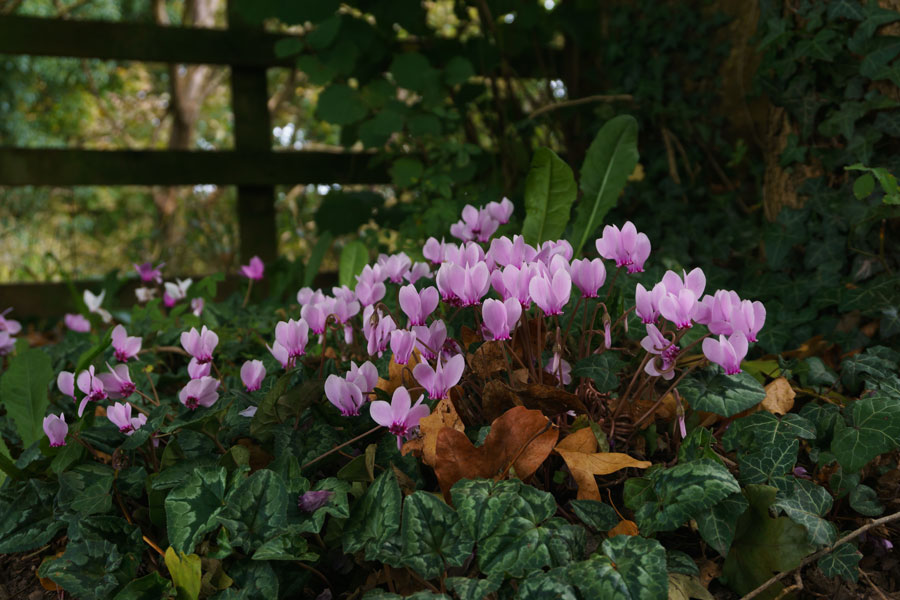
With cyclamen there is a technique in removing the faded flowers or leaves, grasp the stalk below the leaf/flower and give it a sharp tug, the whole stalk should come off down to the base. Cyclamen have a swollen tuber where the leaves and flowers emerge from, if the stem breaks part way up the remaining stem can rot and damage the tuber.
Move the plant into a cooler room ideally out of direct sunlight, although it’s not usually that sunny in January. I like to use plant pot saucers to stand them in, and place a shallow layer of pea gravel in the bottom of the saucer. This ensures that the pot doesn’t stand in water but can send roots out to drink. The plant will naturally die back a little so reduce the watering, keeping them a little on the dry side. In late spring early summer you can start to feed as you would your other pot plants.
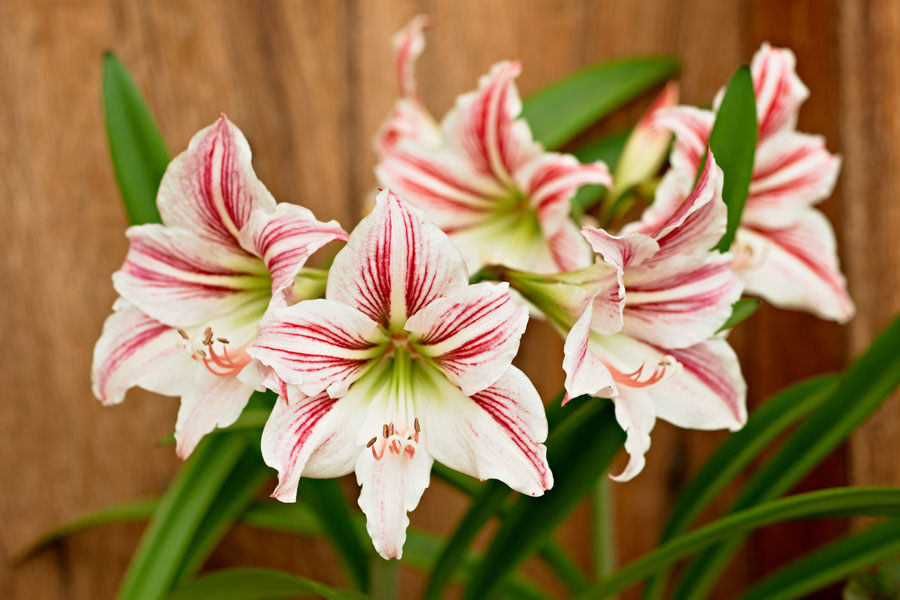
Hippiastrum, (common name amaryllis) are a bulbous pot plant often given as presents at this time of year. Sometimes a dry bulb in a box or actually in flower. If a dry bulb then plant them up to half their depth in a pot just a little larger than the bulb, I use John Innes Compost (no 1) this gives added stability to the plant as it can grow quite tall. Water and place in a warm room the plant will develop rapidly sending up a large stalk with buds on the top. keep them warm and the compost moist. As the flower fades leaves will develop so cut the flower stalk down by half and move to a cooler room, or frost free greenhouse. Keep watering them and start to feed with a general liquid feed during late spring and early summer. As the leaves die back reduce watering allowing the bulbs to go dormant. Repot every two years into fresh compost and a slightly larger pot.
Happy New Year gardening, Martin.
Next month, time to cut back grasses, divide snowdrops and think vegetables.
